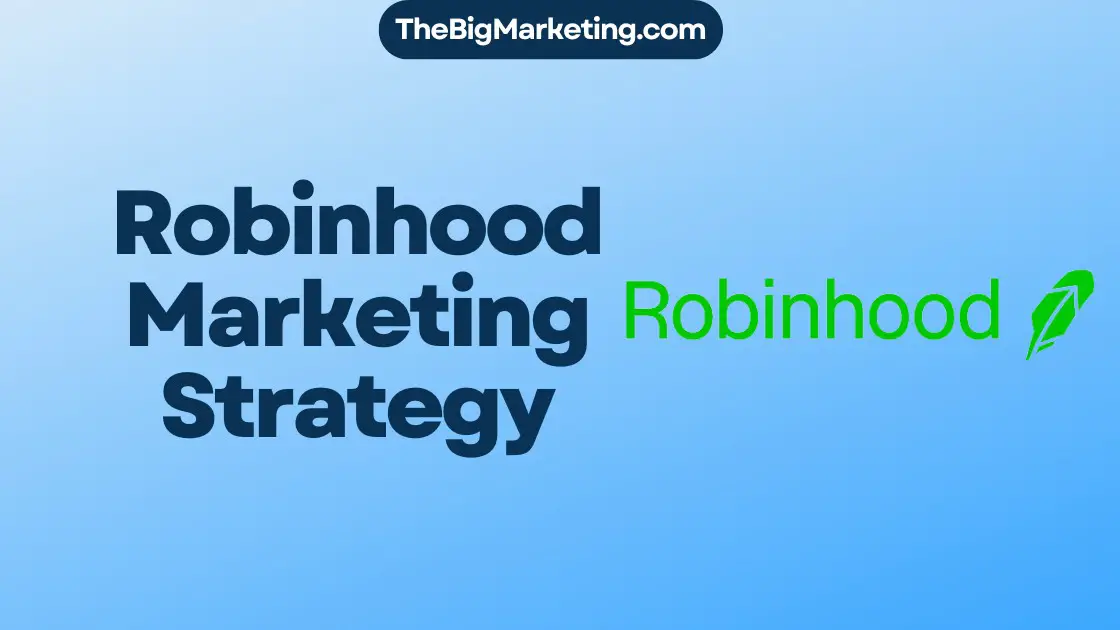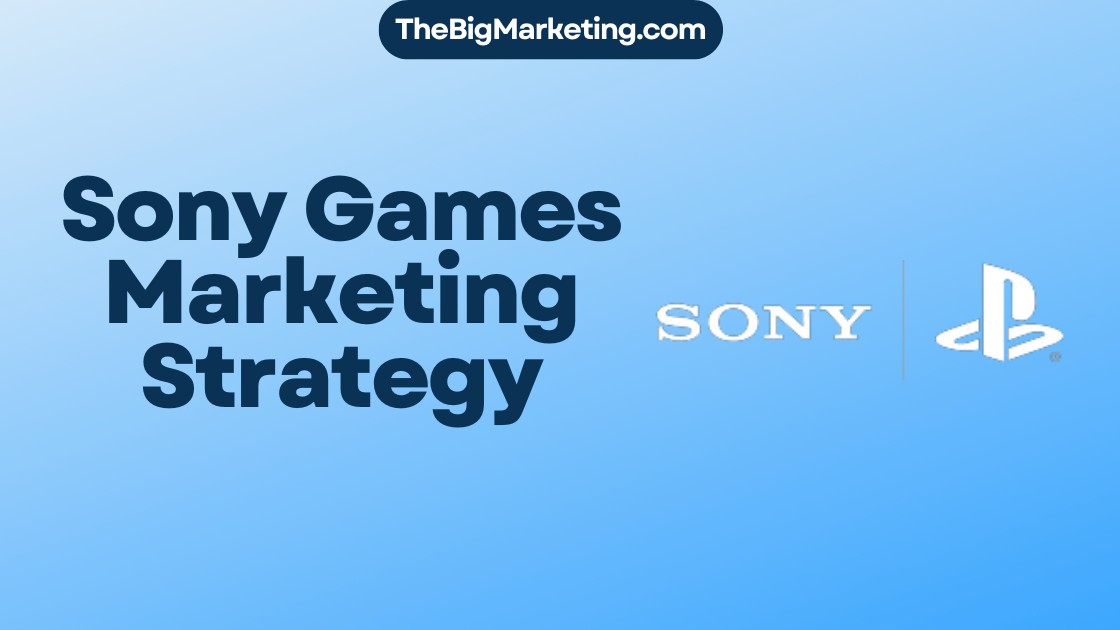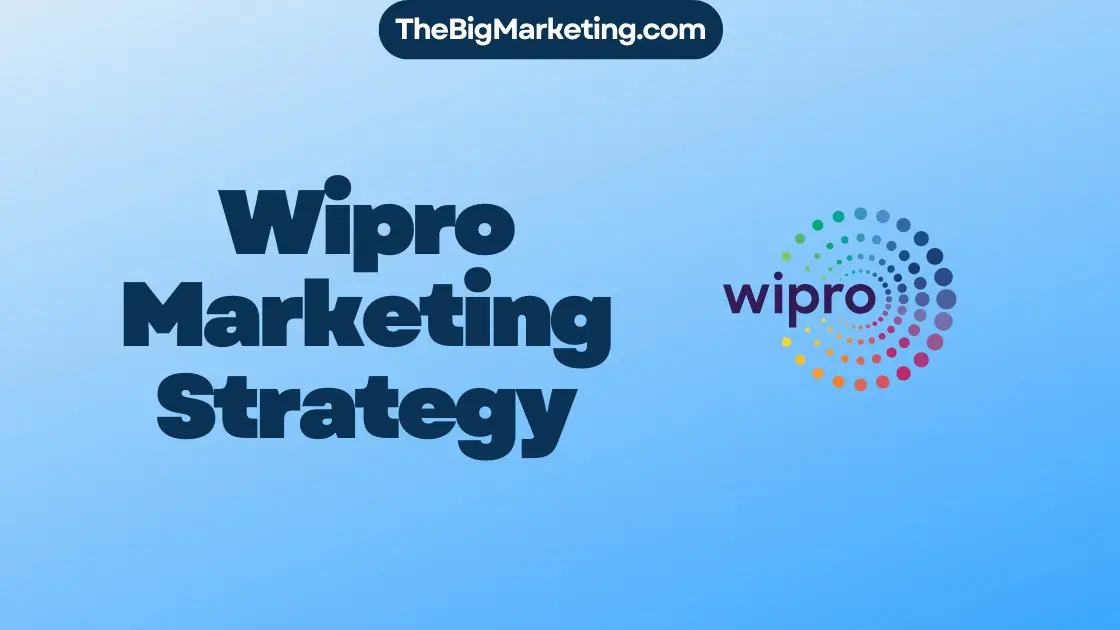A marketing playbook is a practical infrastructure designed for the tactical execution and development of marketing activities. It offers teams a quick reference guide for the day-to-day management of marketing tasks. The concept is based on American sports playbooks, where coaches compile offensive and defensive plays for specific situations. Marketing playbooks help ensure consistency, efficiency, and scalability in implementing best-practice marketing tactics. They are different from marketing strategies, which outline high-level goals and objectives. Marketing playbooks focus on executing marketing strategies effectively. Marketing playbooks can benefit various marketing activities, such as channel marketing, product launches, and rebranding. Structuring a marketing playbook involves defining investment priorities, best practices, audience media use, communications orchestration, goal setting and measurement, integration of activities, and marketing technology and data use. Several marketing playbook templates are available that provide checklists for key marketing activities, helping teams improve their digital marketing channels. Keeping playbooks updated and aligning tactics with the overall marketing strategy is crucial for success.
Key Takeaways:
- A marketing playbook is a practical guide for the tactical execution of marketing activities.
- It ensures consistency, efficiency, and scalability in implementing marketing tactics.
- A marketing playbook focuses on executing marketing strategies effectively, differentiating it from marketing strategies.
- Marketing playbooks can benefit various marketing activities, such as channel marketing, product launches, and rebranding.
- Structuring a marketing playbook involves defining investment priorities, best practices, audience media use, communications orchestration, goal setting and measurement, integration of activities, and marketing technology and data use.
The Importance of a Marketing Playbook
A marketing playbook plays a crucial role in the success of any marketing campaign. Its importance lies in its ability to maintain consistency, efficiency, and scalability in marketing efforts, while also guiding teams to execute best practice marketing tactics.
Consistency in marketing is essential for building trust and establishing brand authority. By following a marketing playbook, companies can ensure that their messaging, branding, and communication remain consistent across all channels. Consistent marketing efforts contribute to overall growth and generate leads more effectively.
Efficiency is another key benefit of utilizing a marketing playbook. It enables teams to share best practices, lessons learned, and channel-specific insights, saving time and preventing missed opportunities. With a well-structured marketing playbook, teams can align around one vision and set of goals, increasing productivity and collaboration.
Furthermore, a marketing playbook supports scalability by providing guidelines for managing marketing activities, optimizing ROI, and achieving marketing objectives. It allows for the replication of successful tactics and strategies, facilitating the growth of a business.
Lastly, a marketing playbook ensures the implementation of best practice marketing tactics. It serves as a comprehensive guide, offering valuable insights and strategies for executing marketing activities effectively. The playbook outlines proven approaches and techniques, helping teams streamline their marketing operations and drive success in a strategic and organized manner.
| Benefits of a Marketing Playbook |
|---|
| Consistency in marketing |
| Efficiency in marketing |
| Scalability of marketing tactics |
| Best practice marketing tactics |
Marketing Playbook Structure and Components
A well-structured marketing playbook comprises six key components that lay the foundation for effective marketing execution:
- Investment Priorities and Best Practices: This component involves determining the optimal types of communication, optimization techniques, and best practices to maximize return on investment (ROI) based on the defined marketing objectives.
- Audience Media Use: Understanding how consumers or businesses adopt, interact with, and respond to different communication channels forms the basis of this component. It helps tailor marketing strategies to specific audience segments.
- Communications Orchestration: Planning, allocating resources, and defining workflows for campaign execution fall under this component. It ensures efficient coordination and seamless execution of marketing initiatives.
- Goal Setting and Measurement: Setting objectives and evaluating the performance of marketing channels using relevant Key Performance Indicators (KPIs) is a critical component. It allows for ongoing monitoring and optimization of marketing efforts.
- Integration of Activities: Consistent utilization of media channels across the organization and campaigns is the focus of this component. It ensures a cohesive and synchronized marketing approach.
- Marketing Technology and Data: Leveraging tools and technology for planning, measurement, and execution of marketing strategies is essential. This component facilitates data-driven decision-making and enhances marketing effectiveness.
Components of a Marketing Playbook
| Component | Description |
|---|---|
| Investment Priorities and Best Practices | Determining optimal communication types, optimization techniques, and best practices for maximizing ROI. |
| Audience Media Use | Understanding audience adoption, interaction, and responsiveness to different communication channels. |
| Communications Orchestration | Planning, resourcing, and defining workflows for campaign execution. |
| Goal Setting and Measurement | Setting objectives and evaluating marketing performance using relevant KPIs. |
| Integration of Activities | Consistent use of media channels throughout the organization and campaigns. |
| Marketing Technology and Data | Utilizing tools and technology for planning, measurement, and execution of marketing strategies. |
Understanding and implementing these components within a marketing playbook provide a solid framework for strategic and organized marketing operations. This holistic approach ensures that marketing activities align with business objectives and maximizes the effectiveness of marketing efforts.
How to Create a Marketing Playbook
Creating a marketing playbook involves several steps that will guide you in developing a comprehensive guide for your marketing activities. By following these steps, you can ensure a strategic and organized approach to executing your marketing strategies and driving success.
1. Set Goals for Your Playbook
The first step in creating a marketing playbook is to clearly define your goals. Determine what you want to achieve with your playbook, whether it’s attracting new customers, retaining existing ones, or achieving specific marketing objectives.
2. Define Trigger Points
Identify the trigger points that will determine when specific marketing activities will be initiated. These trigger points can be based on customer behavior, market conditions, or other factors that indicate the need for a particular marketing action.
3. Identify Target Personas
Understand your target audience by identifying the different personas that make up your customer base. This will help you tailor your marketing strategies and messages to specific audience segments, increasing the effectiveness of your campaigns.
4. Put In-Place Key Performance Indicators (KPIs)
Establish Key Performance Indicators (KPIs) to measure the success of your marketing activities. These metrics will help you track and evaluate the performance of your campaigns, allowing you to make data-driven decisions and optimize your strategies.
5. Introduce Key Stakeholders
Introduce key stakeholders who will be involved in the execution of your marketing playbook. Clearly define their responsibilities and roles to ensure efficient collaboration and alignment throughout the process.
6. Use Templates for Your Marketing Playbook
Streamline the creation process and ensure consistency by using templates for your marketing playbook. These templates provide a framework and checklist for key marketing activities, helping you stay organized and focused on achieving your goals.
By following these steps, you can create a robust marketing playbook that aligns your teams, establishes clear goals, and guides the execution of your marketing strategies. With a well-defined playbook in place, you’ll be empowered to drive success and achieve meaningful results.
| Steps to Create a Marketing Playbook |
|---|
| 1. Set goals for your playbook |
| 2. Define trigger points |
| 3. Identify target personas |
| 4. Put in-place KPIs |
| 5. Introduce key stakeholders |
| 6. Use templates for your marketing playbook |
The Content Strategy in a Marketing Playbook
The content strategy is a crucial component of a comprehensive marketing playbook. It encompasses two sub-strategies: SEO strategy and Point of View (POV) strategy. These two strategies work hand in hand to maximize visibility and influence in the digital landscape.
The SEO strategy focuses on optimizing content to improve search engine rankings and increase organic traffic. This involves leveraging search optimization techniques to target the entire first page of search results. By implementing keyword research, on-page optimization, and link building strategies, companies can effectively enhance their online visibility and reach a wider audience.
The POV strategy, on the other hand, aims to shape opinions and provoke engagement through influential and opinionated content. This strategy emphasizes creating content that sparks conversations, generates word-of-mouth, and resonates with the target audience. Thought leadership articles, brand videos, social content, speeches, and editorial podcasts are some of the tactics used to convey a strong point of view and establish authority in the industry.
Executing both strategies requires a diversified search-geared content strategy that encompasses different formats and channels. For the SEO strategy, long-form educational content, optimizing for featured snippets, creating pillar pages, optimizing YouTube content, and offering audio courses are effective tactics to increase organic visibility. On the other hand, the POV strategy thrives on thought-provoking and influential content that creates buzz and fosters engagement.
By adopting a comprehensive content strategy that combines SEO and POV strategies, companies can achieve robust organic traffic growth, establish themselves as industry leaders, and drive meaningful conversations within their target audience.
| SEO Strategy | POV Strategy |
|---|---|
| Create long-form educational content | Produce thought leadership articles |
| Optimize for featured snippets | Create brand videos |
| Utilize pillar pages | Develop engaging social content |
| Optimize YouTube content | Deliver impactful speeches |
| Offer audio courses | Create editorial podcasts |
The Ad Strategy in a Marketing Playbook
The ad strategy is an integral part of a comprehensive marketing playbook. It utilizes various types of ads to achieve specific marketing goals and objectives. The three main types of ads commonly used in a marketing playbook are transactional ads, informational ads, and awareness ads.
Transactional ads are designed to generate software users and drive conversions. These ads typically focus on promoting products or services that have an existing demand in the market. They aim to attract users who are actively searching or ready to make a purchase. Transactional ads are an effective way to target a specific audience and drive direct returns on ad spend.
Informational ads, on the other hand, aim to grow content leads and educate potential customers about a particular product or service. These ads provide valuable information and insights to the audience, positioning the company as a trusted source of knowledge. Informational ads are geared towards building brand authority and nurturing leads through the sales funnel.
Awareness ads are designed to create brand visibility and drive content views and website visits. These ads are particularly beneficial for new product launches or lesser-known brands that want to increase brand recognition and reach a wider audience. Awareness ads help build brand awareness and generate interest, paving the way for future conversions.
In addition to these types of ads, the ad strategy in a marketing playbook also includes the amplification of engaging content. When a piece of content resonates with the target audience, companies can allocate ad spend to amplify its reach and engagement. This strategy aims to maximize the impact of the content and drive direct and assisted returns on ad spend.
It is essential for companies to set specific goals for each ad campaign and allocate the ad budget accordingly. By monitoring direct and assisted returns on ad spend, companies can optimize their ad strategy and ensure that they are maximizing the results from their advertising efforts.
Benefits of a Well-Defined Ad Strategy in a Marketing Playbook
- Maximizes the effectiveness of ad campaigns
- Targets the right audience with the right message
- Drives direct and assisted returns on ad spend
- Increases brand visibility and recognition
- Improves overall marketing ROI
Converting Traffic in a Marketing Playbook
Converting traffic is a crucial objective in a marketing playbook. The focus is on reducing friction in the conversion process to increase the number of qualified leads. Companies achieve this by providing multiple ways for visitors to connect, such as booking meetings, email, phone calls, or chat. Offering choice enhances the conversion rate and gives visitors the freedom to choose their preferred method of engagement.
Diversifying conversion options and providing self-purchase opportunities, such as free software with upgrade options, helps drive touchless sales. By allowing customers to make purchases without direct contact with sales representatives, companies streamline the conversion process and empower customers to take control of their buying journey.
The concept of product qualified leads (PQLs) plays a significant role in the conversion process. PQLs indicate the buyer’s intent and engagement with the product, making them valuable prospects for further nurturing and conversion. By leveraging progressive profiling and data enrichment techniques, marketers can gather valuable insights about PQLs and tailor their messaging and offers based on individual needs and preferences. This personalized approach leads to a more effective and efficient conversion process.
Marketing qualified leads (MQLs) also play a pivotal role in the conversion process. These are leads that have shown interest and engagement with marketing activities but may not be ready for direct sales engagement. By implementing progressive profiling and lead scoring strategies, marketers can prioritize MQLs and nurture them with relevant content and offers, gradually moving them towards becoming sales qualified leads (SQLs).
One approach to achieving touchless sales is by implementing touchless sales technology, such as automated webinars, chatbots, and self-serve product demos. These technologies eliminate the need for direct sales involvement and allow potential customers to explore and purchase products at their own pace. Touchless sales simplify the conversion process and cater to the preferences of self-directed buyers.
Overall, a marketing playbook should include strategies and tactics to convert traffic effectively. By reducing friction, diversifying conversion options, leveraging progressive profiling and data enrichment, and prioritizing PQLs and MQLs, companies can optimize their conversion rates and drive meaningful results.
Building a Flywheel of Momentum in a Marketing Playbook
Building momentum is a key objective when creating a marketing playbook. In today’s competitive market, the focus has shifted from solely product strength to delivering a cohesive customer experience. As companies grow and incorporate more technology and processes, creating and maintaining a high-quality customer experience becomes more challenging.
However, it is crucial to ensure that every touchpoint delivers a positive experience, as maintaining a consistent and exceptional customer experience is instrumental in driving word-of-mouth referrals, customer loyalty, and sustainable growth. Disruptive companies are winning not only with their innovative products but also with the overall quality of customer experience they provide.
The marketing playbook plays a critical role in solving for the customer and ensuring a cohesive and exceptional customer experience at every interaction. It guides teams to prioritize the customer experience and aligns all touchpoints to deliver a seamless journey. By emphasizing the importance of customer experience and striving for excellence in this area, companies can effectively build a flywheel of momentum.
When customers have positive experiences, they are more likely to share their satisfaction with others through word-of-mouth. This organic promotion can significantly contribute to brand visibility and lead generation. By focusing on consistently delivering excellent customer experiences, companies can turn customers into enthusiastic advocates for their brand.
The Role of Disruptive Companies in Shaping Customer Experience
Disruptive companies have redefined customer expectations by revolutionizing the customer experience. They prioritize customer-centricity and set new standards for excellence. These companies prioritize building lasting relationships and understanding their customers’ needs and desires.
By crafting memorable and personalized experiences, disruptive companies have disrupted traditional industries and gained a competitive advantage. They understand that the quality of customer experience directly impacts customer loyalty, retention, and acquisition. As a result, they invest in creating a seamless and delightful customer journey.
Strategies for Maintaining a Cohesive and Exceptional Customer Experience
Building and maintaining a cohesive and exceptional customer experience requires strategic planning and a customer-centric approach. Here are some strategies that can help companies achieve this:
- Define and understand your target audience: Start by defining your target audience and understanding their preferences, pain points, and expectations. This knowledge will allow you to tailor your customer experience to meet their specific needs.
- Create a seamless omnichannel experience: Ensure that your customer experience is consistent across all channels and touchpoints, whether it’s your website, social media platforms, or customer support interactions. A seamless omnichannel experience builds trust and enhances the overall customer journey.
- Invest in employee training: Your employees are the face of your brand. Train them to deliver exceptional customer service and provide them with the tools and resources they need to create memorable experiences for customers.
- Gather and act on customer feedback: Regularly seek feedback from your customers and use that feedback to drive improvements in your customer experience. Actively listen to your customers and make the necessary changes to meet their expectations.
- Personalize the customer experience: Leverage data and technology to personalize the customer experience. Use customer insights to deliver personalized recommendations, offers, and communication that resonate with individual customers.
By implementing these strategies and consistently prioritizing the quality of customer experience, companies can build a flywheel of momentum, generating positive word-of-mouth, customer loyalty, and sustained growth.
Conclusion
In conclusion, a marketing playbook is a valuable tool for organizations of all sizes. It offers numerous benefits that can greatly enhance marketing operations and drive success. One of the key advantages of a marketing playbook is the ability to maintain consistency in messaging and execution. This consistency builds trust with consumers and strengthens brand reputation, ultimately resulting in increased growth and lead generation.
Furthermore, a well-structured marketing playbook promotes efficiency in marketing activities, saving time and preventing missed opportunities. It helps align teams around a common vision and set of goals, fostering collaboration and community within the organization. By encouraging openness over secrecy and sharing best practices, companies can create a positive and supportive marketing culture.
By following a strategic and organized approach outlined in the marketing playbook, companies can achieve remarkable results. The playbook serves as a guide, providing clear direction and ensuring that marketing efforts are well-coordinated and in line with the overall marketing strategy. By leveraging marketing playbook templates and continuously refining tactics, companies can transform their marketing strategies and drive growth in a competitive landscape.




